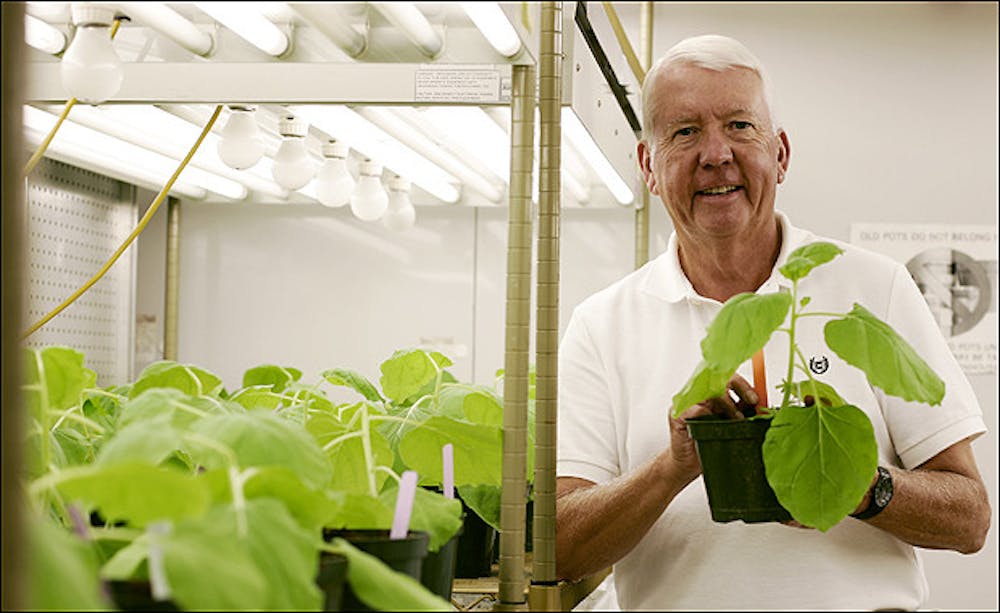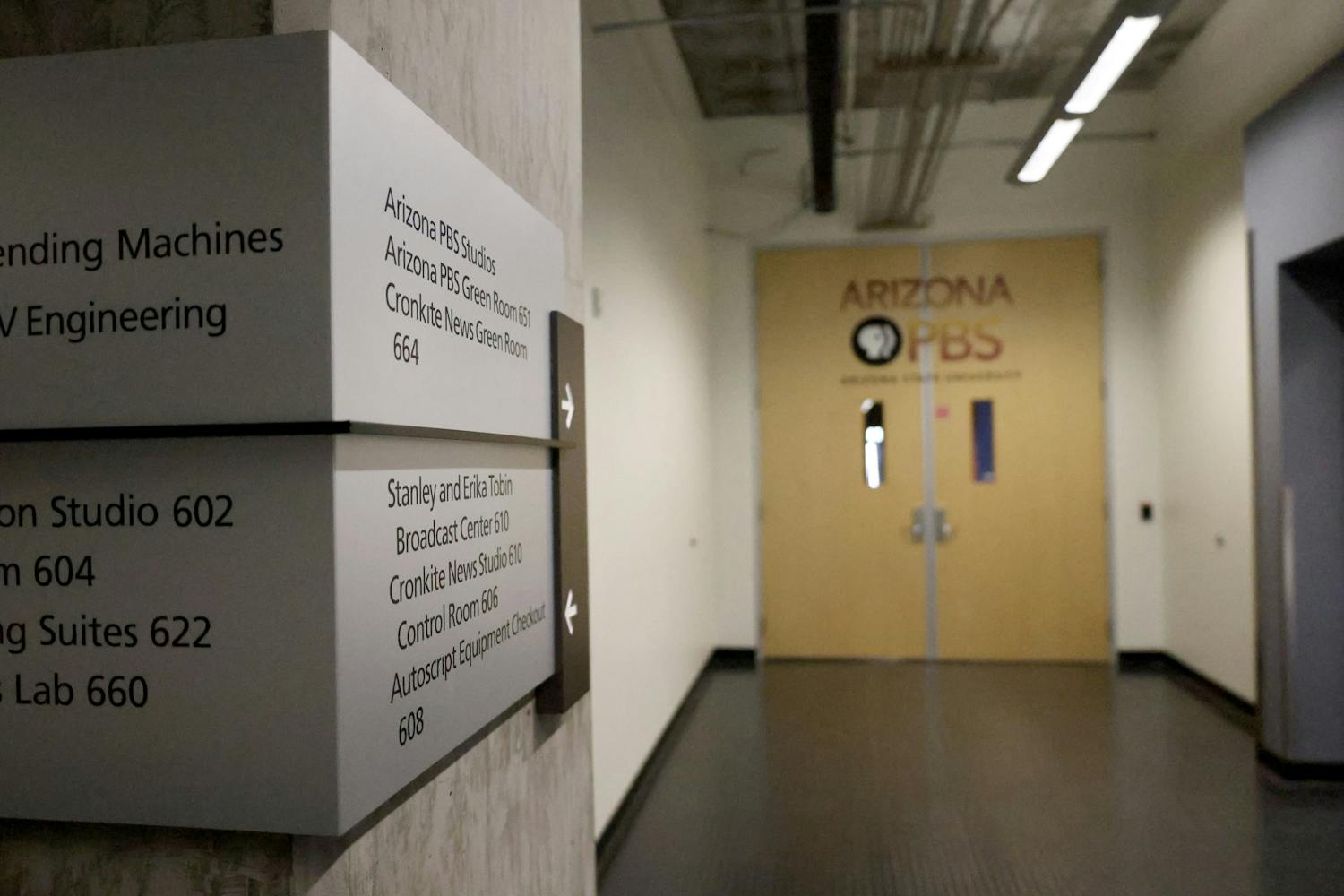A team of ASU researchers is using tobacco plants to create a vaccine that would combat the norovirus, a gastrointestinal virus that affects 90 to 95 percent of people at some point in their lives.
Charles Arntzen, a Regents’ professor with the Biodesign Institute, has worked on the project for 12 years with funding from the National Institute of Health.
He said the project took a different turn three years ago, when researchers discovered a new way of manufacturing a more effective and cost-efficient vaccine.
This vaccine is different in that it is developed through the creation of an entirely separate virus — the Tobacco Mosaic Virus.
“We’ve been able to genetically engineer a plant virus,” Arntzen said. “And at the same time, the tobacco is making the vaccine we want to use.”
As a result, he hopes to start human testing in early 2010 and to commercialize the product in four years.
The vaccine works like most others in that it mimics the virus and then tricks the body into creating immunity against it, Arntzen said. The vaccine will work like a flu shot in that people will need a booster every one or two years, he said.
The technology used to create the vaccine is not new, but the idea of administering it as a nasal vaccine is. Medicago, a Canadian company, and Bayer Chemical Company are both researching ways of using the same technology to create viruses against swine flu and cancer, Arntzen said.
There has also has been a lot of interest from large pharmaceutical companies that would like more information about dosing and manufacturing the drug, Arntzen said.
“Once we’ve got all the essential evidence of how it works, how many doses we need and what size dose, then we would like to go into co-development with a big pharmaceutical company,” Arntzen said, adding that he’s unsure which company the group will choose.
When he is able to commercialize the product, Arntzen said the vaccine will be most beneficial to hospital workers, travelers and on military bases — which are among the most often affected.
Melissa Herbst-Kralovetz, an assistant research professor with the Biodesign Institute, who joined the project three and a half years ago, said the team began with experiments involving potatoes and tomatoes to create an oral vaccine.
“In experiments with the tomatoes and potatoes it was difficult to determine the amount of drug you’re delivering to someone,” she said. “We found that with the nasal spray, the immune response was much greater than that of the oral vaccines.”
Hugh Mason, an associate professor in the Biodesign Institute, who worked on the initial experiments, said the nasal vaccine will hopefully provide opportunities for creating further vaccines.
“The future looks bright that we can develop much further and create many vaccines for different diseases,” he said.
Reach the reporter at allison.gatlin@asu.edu.




